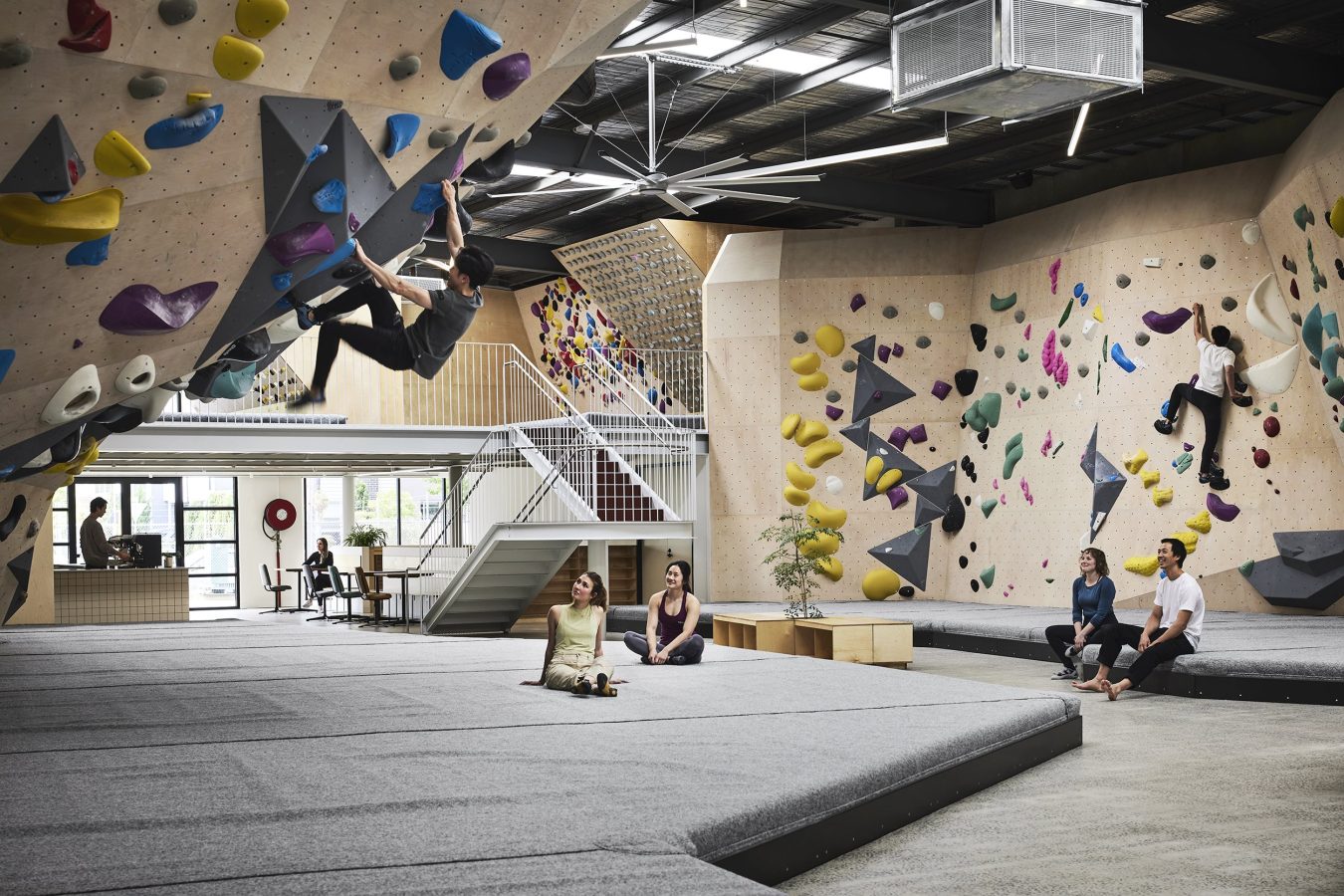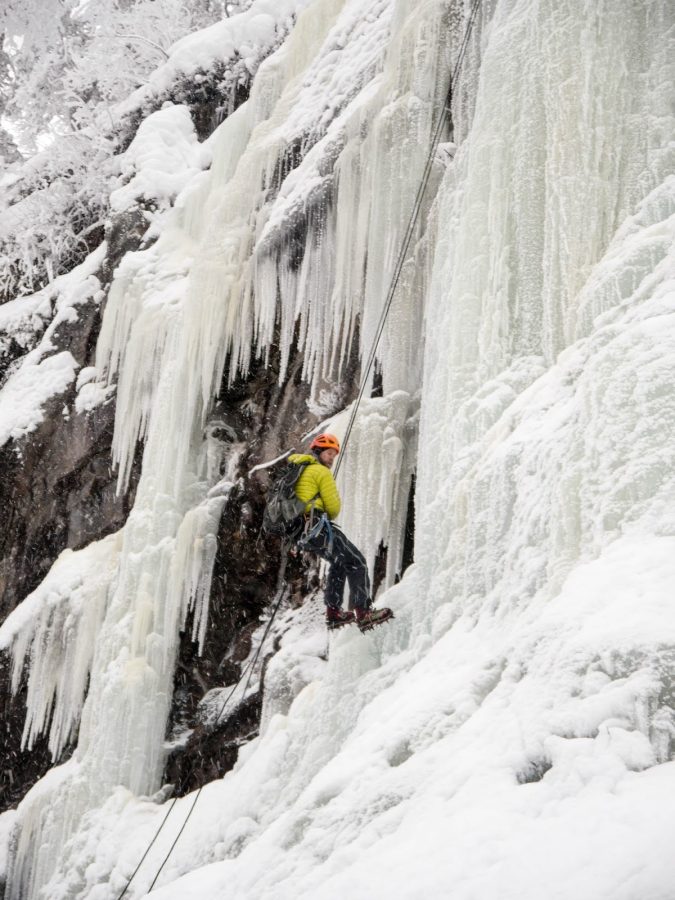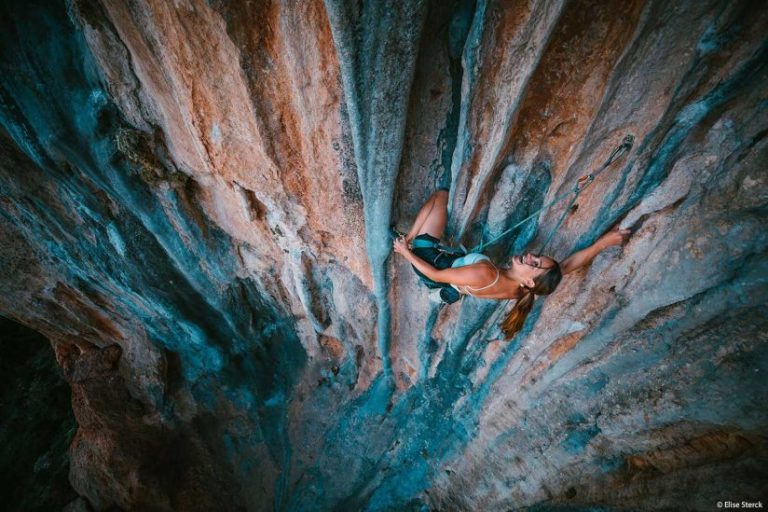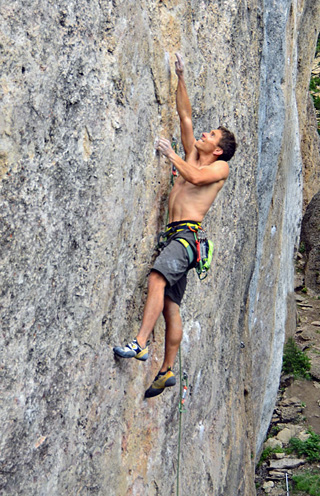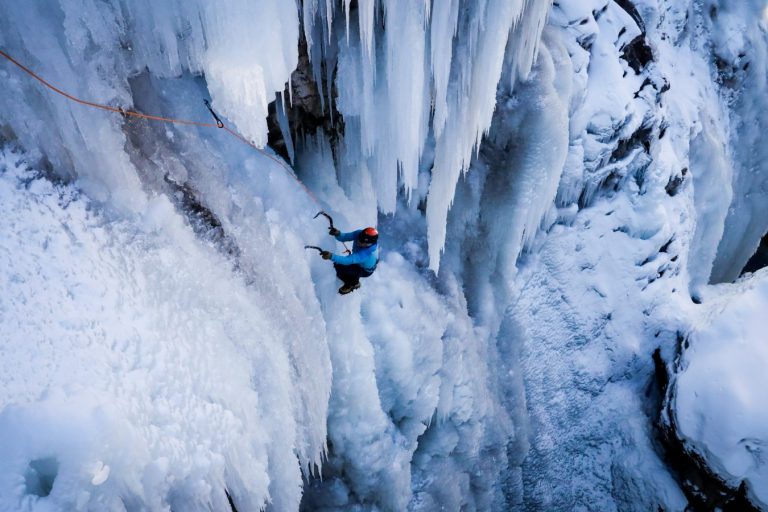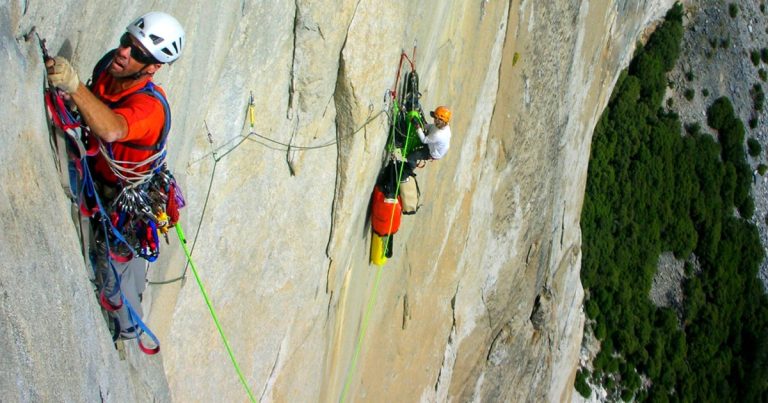All You Need to Know About Rocket Climbing
Introduction to Rocket Climbing
What is Rocket Climbing?
Rocket climbing, a term derived from the exhilarating speed and dynamic movement involved, is an exciting and unique type of rock climbing. It combines elements of traditional climbing, sport climbing, and bouldering, with an emphasis on rapid upward movement and explosive power. Rocket climbing is not only a thrilling sport but also an excellent way to build strength, endurance, and mental focus.
History of Rocket Climbing
Rocket climbing emerged as a distinct discipline in the early 2000s when climbers began pushing the limits of traditional rock climbing techniques. The emphasis on speed and power quickly gained popularity among adventurous climbers, and rocket climbing soon became a recognized sport in its own right.
Types of Rocket Climbing Techniques
Traditional Climbing
Traditional climbing, or “trad” climbing, is a method that relies on placing removable protective gear into cracks and other natural features in the rock. Rocket climbing incorporates trad climbing techniques when climbers need to protect themselves during difficult and committing moves.
Sport Climbing
Sport climbing involves pre-placed, permanent bolts drilled into the rock for protection. Rocket climbers often use sport climbing techniques to quickly ascend steep, overhanging routes that require powerful movements and minimal resting opportunities.
Bouldering
Bouldering is a form of rock climbing performed on small rock formations or artificial walls without ropes or harnesses. Rocket climbing borrows from bouldering when climbers execute dynamic, powerful moves close to the ground without the need for protective gear.
Necessary Equipment for Rocket Climbing
Climbing Shoes
Specialized climbing shoes are crucial for rocket climbing, as they provide the necessary grip and precision on the rock. Look for shoes with a snug fit and a sticky rubber sole to ensure maximum traction.
Harness
A comfortable, well-fitting harness is essential for safety during rocket climbing. Make sure your harness fits snugly and features adjustable leg loops for a secure fit.
Helmet
A helmet is vital for protecting your head during rocket climbing, especially when climbing at high speeds or on overhanging routes. Choose a lightweight, well-ventilated helmet for optimal comfort and protection.
Belay Device
A belay device is a mechanical piece of climbing equipment used to control a rope during belaying. Rocket climbers should use a belay device designed for dynamic climbing, which allows for smoother rope handling and faster response times during falls.
Basic Climbing Techniques and Tips
Footwork
Good footwork is essential for rocket climbing. Focus on placing your feet precisely and using the edges of your climbing shoes to maintain grip on the rock. Practice smearing, edging, and heel hooking techniques to improve your footwork and overall climbing efficiency.
Handholds
Effective use of handholds is crucial in rocket climbing. Learn to identify and utilize various types of handholds, such as crimps, slopers, and jugs. Develop your grip strength and finger dexterity to maximize your ability to hold on during explosive moves.
Body Positioning
Proper body positioning can significantly improve your rocket climbing performance. Keep your body close to the rock, maintain a low center of gravity, and engage your core muscles to generate power and maintain stability. Experiment with different body positions to find the most efficient and comfortable techniques for various climbing situations.
Falling Safely
Falling is an inevitable part of rocket climbing, so it’s essential to learn how to fall safely. Practice falling techniques, such as relaxing your body, tucking your limbs, and rolling upon impact to minimize the risk of injury.
Conclusion
Rocket climbing is an exhilarating and challenging sport that combines elements of traditional climbing, sport climbing, and bouldering. To excel in rocket climbing, it’s important to have the proper equipment, develop strong climbing techniques, and maintain a focus on safety. As you progress in your rocket climbing journey, you’ll discover a world of adventure, excitement, and personal growth.
FAQs
- Is rocket climbing suitable for beginners? Yes, rocket climbing can be suitable for beginners, as long as they start with easier routes and learn proper climbing techniques and safety measures. It’s advisable to take a course or work with an experienced climber to learn the basics.
- What is the best way to train for rocket climbing? Training for rocket climbing should include a combination of strength training, endurance exercises, and climbing-specific workouts. Focus on building core strength, grip strength, and overall body conditioning.
- How can I improve my rocket climbing performance? To improve your rocket climbing performance, practice regularly, refine your techniques, and maintain a strong mental focus. Additionally, train your body to handle the physical demands of the sport and learn to adapt to different climbing situations.
- Are there any age restrictions for rocket climbing? Rocket climbing can be enjoyed by people of all ages, as long as they are in good physical condition and follow proper safety guidelines. It’s essential to choose routes appropriate for your skill level and physical abilities.
- Can I rocket climb outdoors or only in climbing gyms? Rocket climbing can be done both outdoors on natural rock formations and indoors in climbing gyms. Climbing gyms often have walls specifically designed for practicing rocket climbing techniques.
